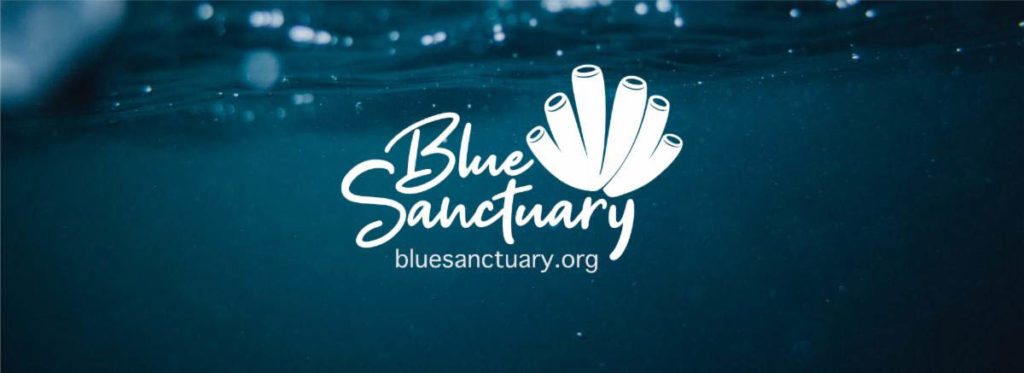Cuba has recognized that conservation and sustainable use of marine biodiversity is a priority.
One of the main strategies it has developed is the creation of the National System of Protected Areas (Sistema Nacional de Áreas Protegidas, or SNAP), which includes an important marine component.
Here, we present the current status of the Cuban marine protected areas (MPAs) and their challenges and prognoses. To date, 105 MPAs have been proposed; they cover 25% of the Cuban insular shelf. Of these, 57 have been legally incorporated into the system and 13 more are being managed to its standards, a total of 70 have some degree of implementation. About 30% of the Cuban coral reefs, 24% of the seagrass beds, and 35% of mangroves are legally protected by SNAP.
The main challenges are insufficient financing and the difficulty of reinvesting profits generated within these areas. Prohibited fishing practices and capture of protected species are the principle issues that affect MPAs. The priorities for the immediate future are to assess the value of ecosystem services, strengthen connections with fishing communities, and achieve greater integration with other sectors to guarantee the proper management of tourism and fisheries in and near MPAs for the benefit of sustainable development.







